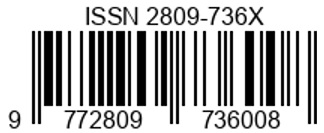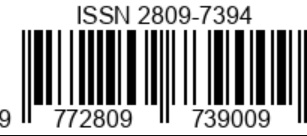ABOUT JRT
SUPERVISED BY
ISSN BARCODE
p-ISSN: 2809-736X
e-ISSN: 2809-7394
LICENSED

Journal Of Responsible Tourism (JRT) is licensed under a Creative Commons Attribution 4.0 International License.
VISITOR STATISTIC
INDEXED

More indexing
REFERENCE MANAGEMENT TOOLS
CONTACT
Jika tidak ada balasan E-mail dalam waktu 3 hari hubungi kami di
Email: laloemipa@gmail.com










